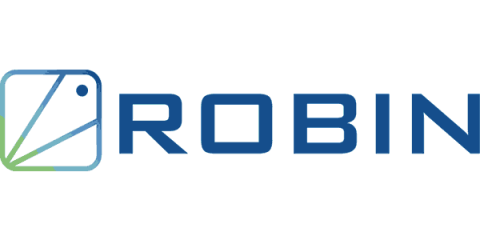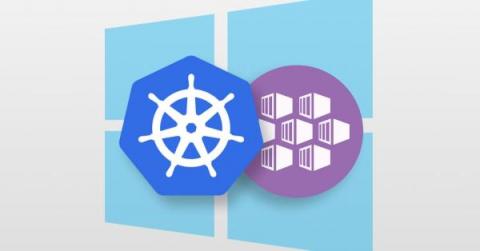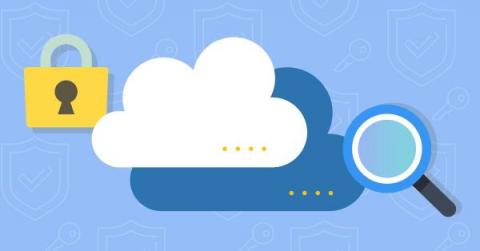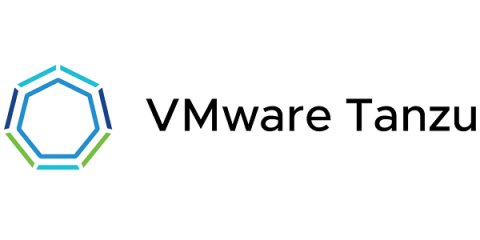Operations | Monitoring | ITSM | DevOps | Cloud
Latest News
Collecting Metrics from Windows Kubernetes Nodes in AKS
Windows applications constitute a large portion of the services and applications that run in many organizations. When moving to a Kubernetes-based architecture, there is a need to support these as well. Up until April 2020, the lack of container support within the Windows operating system left Linux container images as the only viable option for Kubernetes container deployment.
CloudFormation to secure and manage apps across multiple clusters and clouds
If you are not familiar with CloudFormation, an easy way to define it is AWS CloudFormation is an AWS service that uses template files to automate the setup of resources. It can also be described as an infrastructure automation or Infrastructure-as-Code (IaC) tool. You can use CloudFormation to automate the configuration of workloads that run on the most popular AWS services, including their managed Kubernetes offering, the Elastic Kubernetes Service, or EKS.
Why cloud native requires a holistic approach to security and observability
Like any great technology, the interest in and adoption of Kubernetes (an excellent way to orchestrate your workloads, by the way) took off as cloud native and containerization grew in popularity. With that came a lot of confusion. Everyone was using Kubernetes to move their workloads, but as they went through their journey to deployment, they weren’t thinking about security until they got to production.
Config best practices: Docker layer caching
Let’s face it: Creating the optimal CI/CD workflow is not always a simple task. In fact, writing effective and efficient configuration code is the biggest hurdle that many developers face in their DevOps journey. But you don’t need to be an expert to set up a fast, reliable testing and deployment infrastructure. With a few straightforward techniques, you can optimize your config.yml file and unleash the full potential of your CI/CD pipelines.
DNS Management Service
We’ve all been there. After countless hours of development, you’re ready to take that app that works awesome on “localhost” live to production, but production services will only interface over https. Or maybe, your DNS is managed on Cycle, but some third-party app you want under the same domain requires a TLS certificate.
VMware Tanzu Momentum Empowers Superior Developer Experiences, Enables Robust Security Practices
Companies are under immense pressure to get “good” at software development in order to quickly adapt to changing business needs and provide a better experience for their customers. At the core of being “good” at software is developer experience.
Kubernetes for Finservs - Unlocking success in digital transformations
The global health crisis has accelerated the digital transformation within the financial services industry.
Docker Logging: How Do Logs Work With Docker Containers?
Civo update - January 2022
Welcome to the very first Civo Update of 2022! On behalf of everyone here at Civo we wish you happiness and prosperity for the year ahead. With lots on our roadmap for 2022, it's certainly going to be another exciting year for us at Civo. We recently launched our "Write for Civo" initiative where you can share your cloud native expertise and get paid for doing so. Check out the tutorial for more information.










